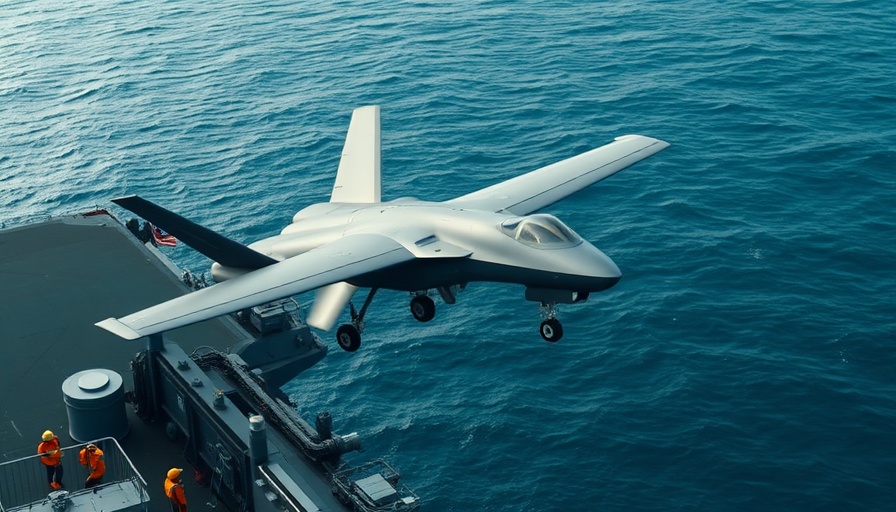
Unpacking the Concept of Space Democratization
As nations around the world increasingly venture into space exploration, the narrative of democratizing space is gaining momentum. This phrase encompasses more than simply adding new players to an already crowded arena. It reflects a shift toward inclusivity, recognizing that both established and emerging spacefaring nations have different goals and visions for the cosmos.
Beyond National Boundaries: The Emergence of New Players
Take India, for instance, whose successful lunar mission marked its entry into an exclusive club of nations capable of complex space missions. This achievement was not merely a scientific victory; it also underscored a cultural and political shift, showcasing how countries previously on the periphery of space exploration are now actively participating in shaping its future. With nations across Africa and Asia launching their own space programs, the global narrative is transforming from a singular focus on superpowers to a more nuanced landscape of various contributors, each offering unique perspectives.
The Inequities Persist: Funding and Resources
Despite this democratization, stark inequalities persist among space agencies. Traditional powerhouses like the U.S. and China command significantly more resources, allowing them to set rules that smaller, newer agencies may feel pressured to follow. For example, the frequency of satellite launches from these dominant countries enables them to influence international standards on satellite management and resource extraction, creating an uphill battle for emerging players.
The Role of Nontraditional Actors
The entry of nontraditional actors such as commercial companies and non-governmental organizations profoundly alters the space landscape. These entities bring innovative ideas that disrupt the status quo and challenge existing paradigms of space usage, encouraging a shift from a competitive model toward one that emphasizes cooperation and shared benefits.
Understanding Indigenous Perspectives in Space Exploration
As we embrace a democratized view of space, it is essential to include underrepresented voices, including Indigenous peoples who have a unique connection to both land and sky. Their insights can serve as powerful frameworks for ethical exploration and resource management in the cosmos, ensuring that all stakeholders are considered in this rapidly evolving domain.
Future Trends: Space for All
With ongoing advancements in technology, including the development of CubeSats that enable even student projects to achieve space missions, the future of space exploration appears promising. These developments beckon a decentralized approach whereby knowledge and resources are shared more equitably across the globe, fostering a collaborative rather than competitive atmosphere.
Continuing the Conversation
As we move forward, discussions surrounding space democratization will need to encompass the various facets of accessibility—ensuring that all interested parties have the means and opportunity to participate in the space economy. They should also factor in diverse cultural and ethical perspectives that can enrich our collective understanding of what it means to explore beyond Earth.
In conclusion, democratizing space is an evolving concept that challenges us to rethink who gets to participate in shaping our exploration of the cosmos. The path may still be fraught with challenges, but the opportunity for diverse voices to inhabit this realm offers a more inclusive and richer future.
 Add Row
Add Row  Add
Add 




Write A Comment